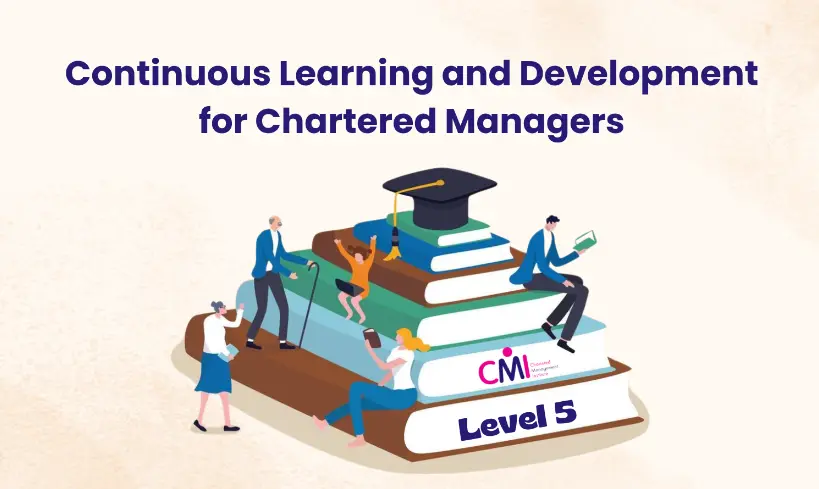Gaining a clear understanding of your community is crucial for effective participation, informed decision-making, and meaningful impact. Whether you are a resident, business owner, or part of a civic organization, knowing the values, demographics, and challenges of the area enables more thoughtful contributions.
Through observation, data analysis, and relationship-building, individuals and organizations can align their actions with the community’s needs and priorities, fostering long-term growth and cooperation. Below are the 8 steps to understand about the community.
1. Engage Through Observation and Participation
The first step to understanding your community is active engagement. Attending local events, public meetings, and community gatherings provides valuable firsthand insight into the values, concerns, and culture of the area. Participating in town halls, neighborhood associations, or cultural festivals enables you to connect directly with residents and learn about the issues that affect them on a daily basis. These experiences help build relationships and foster collaboration among individuals, businesses, and local leaders.
2. Leverage Digital Resources for Community Insight
In addition to in-person engagement, online platforms serve as important tools for community awareness. Many communities maintain websites, social media pages, and forums where updates on news, development projects, and civic initiatives are shared on a regular basis. Joining neighborhood groups online can facilitate dialogue and keep you informed about current discussions and concerns. These digital resources also help identify influential community members and organizations driving local progress.
3. Analyze Demographic and Economic Data
Understanding the makeup of your community is crucial for gaining a deeper insight. Reviewing census information, economic reports and public records reveals essential data about population demographics, income levels, employment sectors, and housing trends. This information is critical for businesses seeking to align their products or services with local needs, as well as nonprofits aiming to address specific social issues. Partnering with chambers of commerce or economic development organizations can provide access to detailed reports and expert analysis.
4. Build Relationships with Local Leaders
Connecting with elected officials, school administrators, law enforcement personnel, and nonprofit leaders is crucial to understanding community priorities and governance. These stakeholders provide valuable perspectives on policy decisions, resource allocation, and ongoing initiatives. Cultivating these relationships can open opportunities for collaboration, increase your influence, and help you anticipate upcoming changes within the community.
5. Stay Informed on Public Safety Issues
An important yet often overlooked aspect of community awareness is public safety, particularly in relation to car accidents and personal injuries. Traffic incidents impact not only individuals but also community resources and overall safety. Understanding local traffic patterns, high-risk areas, and ongoing safety campaigns can help in prevention efforts and community advocacy. For those affected by accidents, resources such as https://florinroebig.com/personal-injury/florida/ provide essential information on personal injury claims in Florida, helping individuals navigate legal processes effectively.
6. Volunteer to Deepen Community Connections
Volunteering offers an immersive way to learn about your community. By contributing time to local nonprofits or service organizations, you gain direct experience with the community’s needs and strengths. This hands-on involvement fosters empathy and provides a better understanding of how various support systems operate. Additionally, volunteering establishes trust and credibility, enhancing your ability to engage meaningfully with community members.
7. Pursue Educational Opportunities
Local libraries, colleges, and community centers frequently offer programs that explore the area’s history, culture, and development. Attending workshops, lectures, or classes broadens your understanding and equips you to contribute more thoughtfully to community conversations and initiatives. Continuous education reinforces your connection to the community and promotes informed participation.
8. Incorporate Community Knowledge into Business Strategy
For organizations, integrating community insights into business practices is vital. Understanding local needs enables companies to tailor their offerings, improve customer relations, and engage employees more effectively. Supporting community programs, focusing on local hiring, and addressing regional challenges demonstrate corporate responsibility and foster goodwill. Businesses that align with their community’s values can drive innovation that benefits both the company and the wider area.
Conclusion
Learning about your community requires a combination of engagement, research, and relationship-building. Through active participation, digital exploration, data analysis, and collaboration with local leaders, you can develop a comprehensive understanding of your community’s unique character and needs.
Staying informed about safety issues, including traffic accidents, and utilizing available legal resources further enhances responsible involvement. This well-rounded approach empowers individuals and organizations to make meaningful contributions to their community’s growth, safety, and resilience.




